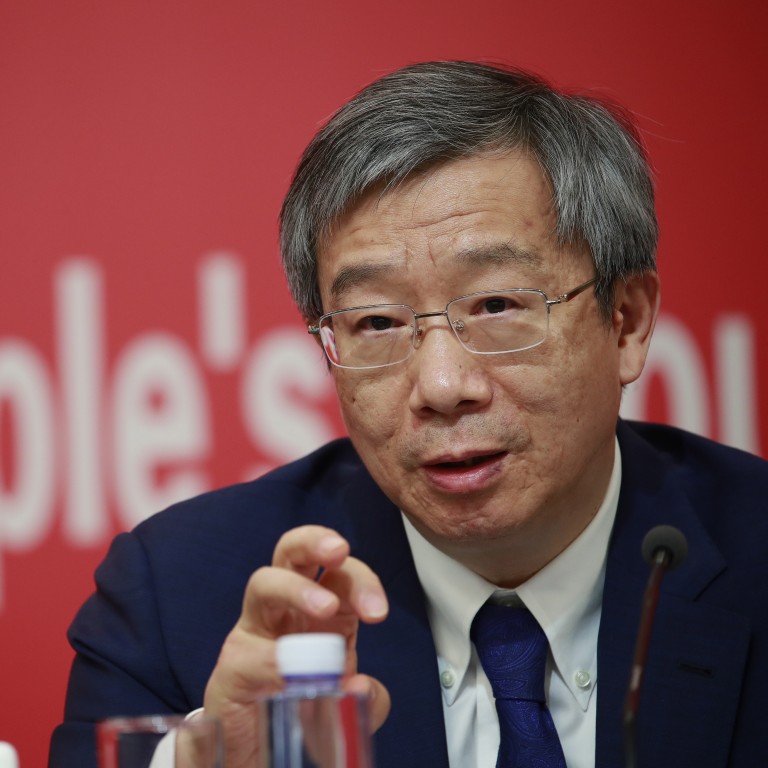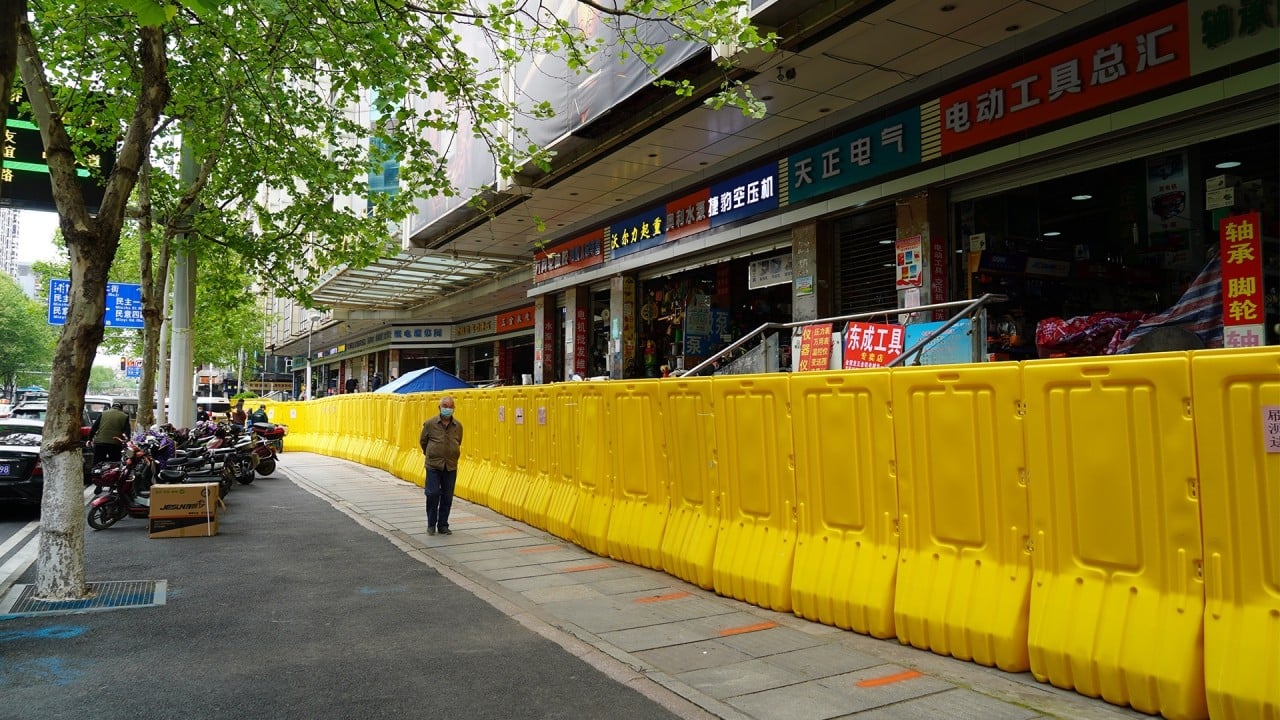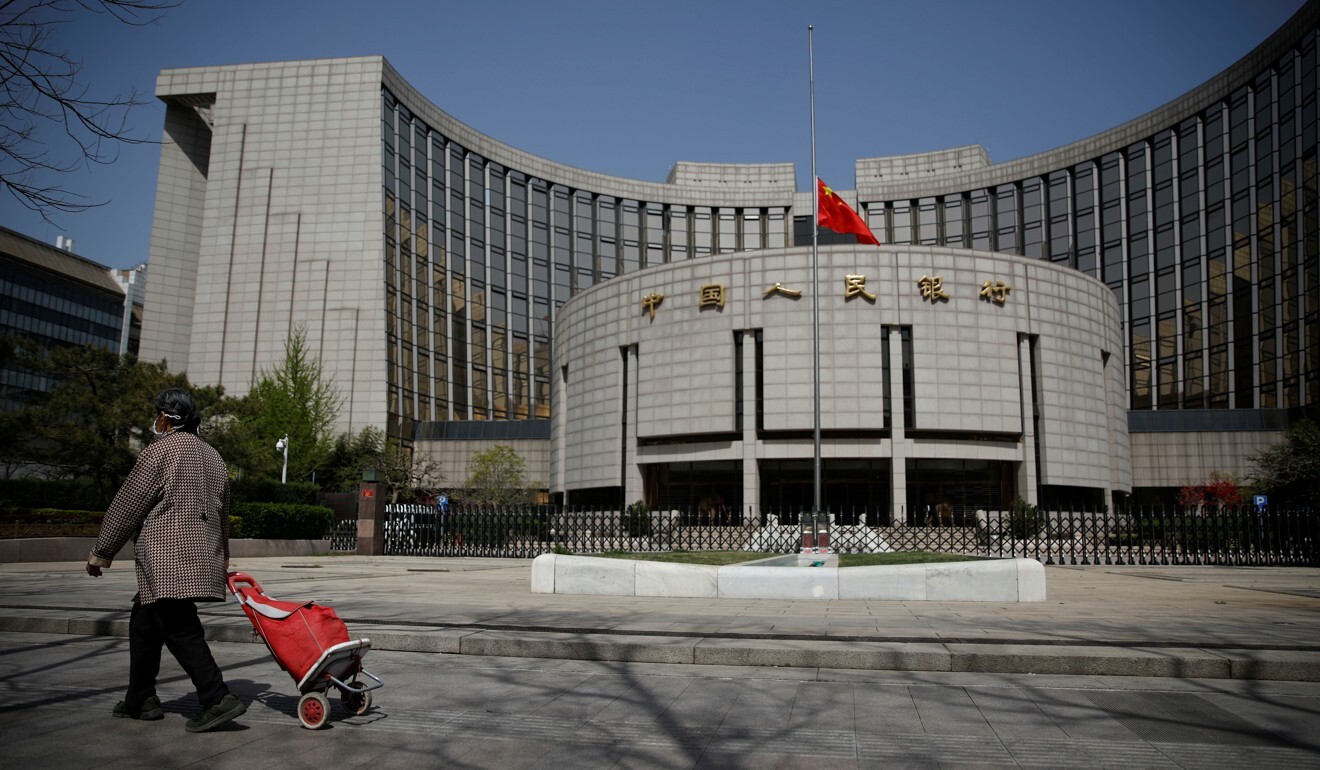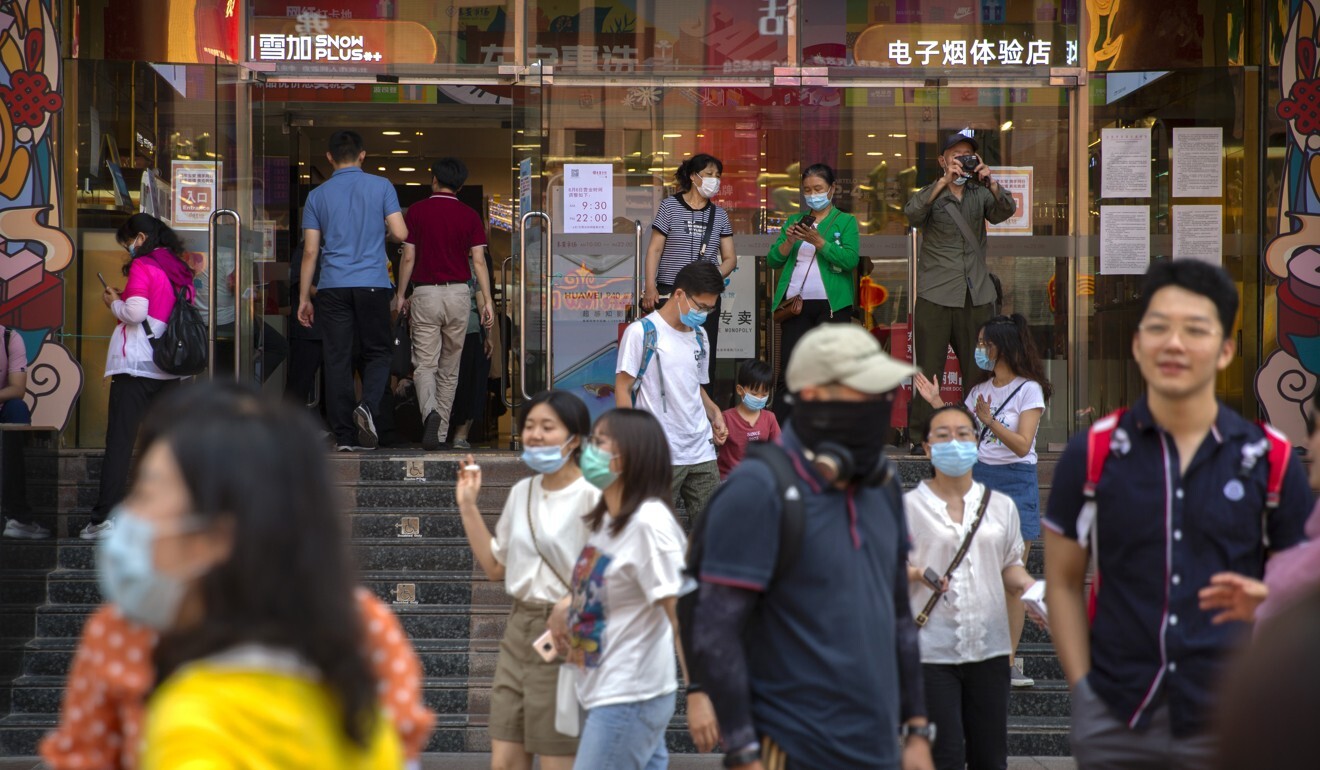
Why the People’s Bank of China is having a good coronavirus pandemic
- China’s central bank’s measures have been relatively restrained, leaving it with more room to manoeuvre monetary policy
- The country’s improving economic data shows that the bank’s nuanced strategy has paid off
Give credit where credit is due. The People’s Bank of China (PBOC) is having a good pandemic. China’s economic recovery from the Covid-19 outbreak is continuing even if it remains a little uneven. That partly reflects the success of the central bank in crafting a monetary policy response to the pandemic that is well suited to China’s situation.

04:33
Coronavirus: Wuhan businesses say street barriers must go as Chinese city counts cost of lockdown
But that also comes with risks. Such fiscal stimulus leaves governments with significant increases in public debt that will have to be managed. Once the pandemic wanes, financial markets will expect independent central banks to reassert their independence when it comes to monetary policy normalisation even if governments, hoping to keep down debt servicing costs, press for lower interest rates for longer.
Financial markets might even reasonably conclude that the PBOC has more left in the “policy locker” than other major central banks, if the economic situation worsens.

Larry Brainard, chief emerging market economist at TS Lombard, an independent investment research firm, feels that PBOC awareness of shortcomings in China’s financial system and “the recognition that [Chinese] savers matter” have characterised the monetary policy response.
In truth, all central bank policy responses must reflect local conditions.
What measures has China used to combat the economic impact of Covid-19?

Perhaps that helps explain why the PBOC has, so far at least, shown a sparing approach to interest rate cuts, one that has arguably helped enhance the yield attraction of Chinese government bonds, in the current environment, to investors.
Indeed, US bank BNY Mellon argued on July 2, that the Chinese government bonds market “offers attractive yields between 2.4 per cent in the three-year and 3.4 per cent in the 20-year.”
Of course, it could be argued that the PBOC has options at its disposal that its central bank peers do not. Certainly, policymakers in Western economies couldn’t so easily force such forbearance on their banks.
China’s central bank asks indebted companies to talk to investors
It could also be argued that if PBOC policy responses to Covid-19 are guided by an awareness of existing structural weaknesses in China’s financial system, that’s hardly a cause for celebration.
But, every central bank has to work inside the confines of the situation which it finds itself in, just as the Fed had to do during the global financial crisis. Financial markets understand that.
As it stands, the PBOC has crafted a nuanced monetary policy response to the coronavirus that is well suited to China’s circumstances and which may underpin demand for Chinese government bonds. China’s central bank is having a good pandemic.
Neal Kimberley is a commentator on macroeconomics and financial markets

